
Through the voices of community members in Birmingham and Gadsden, this visual exploration captures the struggles of families and homeowners impacted by decades of flooding.
Initially a result of racially motivated zoning laws, the impacts to these communities are even more pronounced in our new climate – one prone to more flash floods than ever before. As flooding reaches even the wealthiest suburbs, we must ensure these historically neglected communities receive the attention they deserve.
Directed by Fernando Rocha.
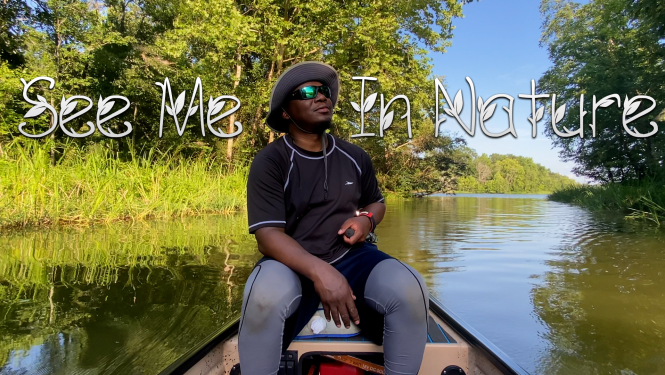
Meet a few of Alabama’s Black environmental leaders, activists, and historians who are currently shaping their community and providing long overdue awareness of the roots of the work.
Directed by Asia Singleton.
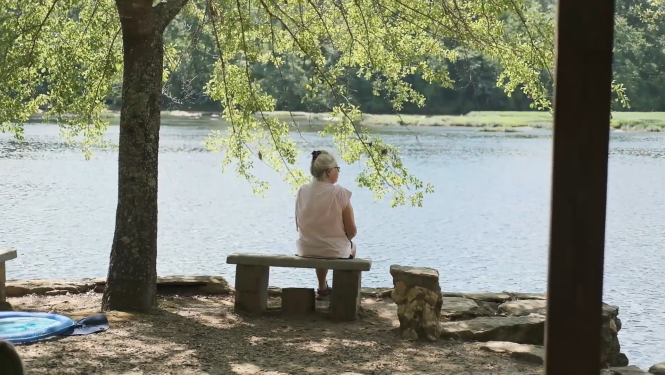
Hydropower dams, built decades ago, have dramatically altered river systems across Alabama. Downstream of the Harris Dam on the Tallapoosa River, families and landowners who have lost property and use of the river have a once-in-a-generation opportunity to ask for changes to the operation of the dam through the relicensing process. Their hope is that changes can improve downstream conditions and begin to heal the river. Directed by Paulina Sobczak.
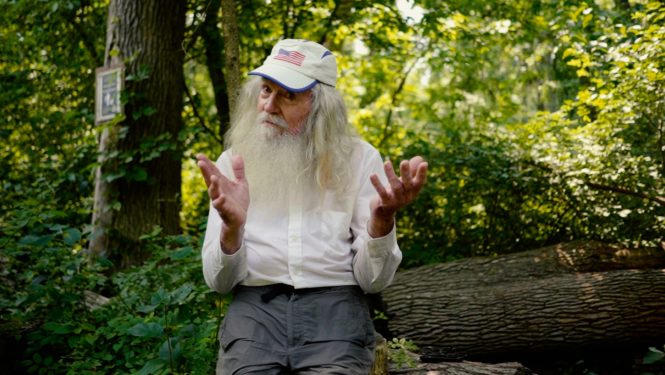
83-year-old Nimblewill Nomad is about to become the oldest person to thru-hike the Appalachian Trail. But he didn’t start at Springer Mountain, Georgia – his trek began on Flagg Mountain in Alabama, the true southern terminus of the Appalachian Mountain Range. Throughout his odyssey, he’s meeting hikers along the way and sharing the magic of Flagg Mountain, where he has been the caretaker for the past three years. With more than two decades and 50,000 miles of hiking experience behind him, will this really be his last last hike? Directed by Céline François.
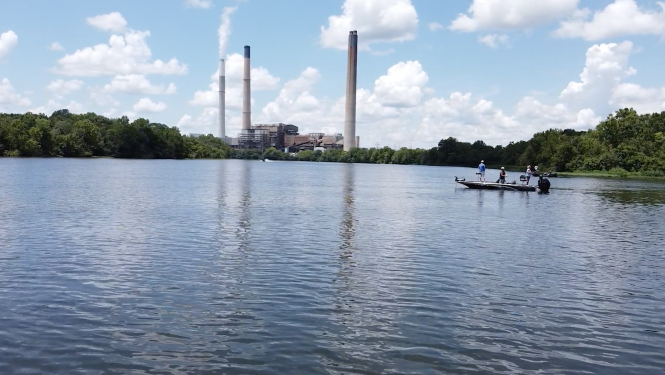
Fishers throughout East Alabama depend on the mighty Coosa River for food, recreation and a family pastime that goes back generations. But do fishermen and women -- and their families -- have a right to know which fish are safe to consume? Not currently in Alabama, the River State. Coosa Riverkeeper and other advocates are working to give fishers across the entire state that right. Directed by John Haley.

Alabama is a global hotspot for turtle diversity and the perfect playground for turtle scientists. The variety of microhabitats traversing the state create conditions for turtle diversity unmatched anywhere else on the planet. This film explores the “glamorous life of turtles” in Alabama -- from the dramatic alligator snapping turtle to the elusive and almost extinct flattened musk turtle -- and the special people who spend their time protecting this critical species. Directed by Joe Fairbanks.
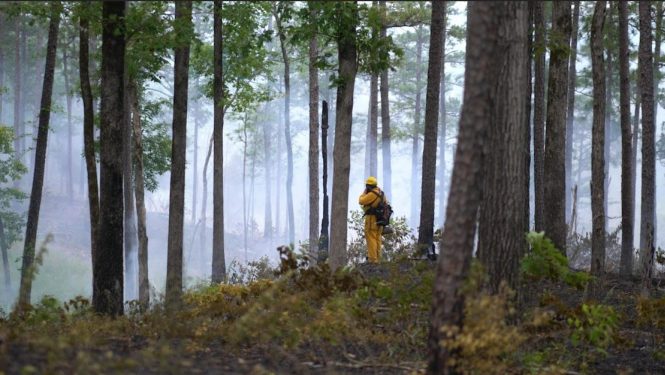
Many of the ecosystems in Alabama and throughout the southeast evolved with fire. Human ignited “prescribed fire”, also known as controlled burns, are an essential technique to mimic this natural process to maintain and restore critical habitats. With an ever growing population and extensive efforts to restore large areas of native habitats such as longleaf pine, partnerships are critical to provide the capacity necessary to implement fire on the scale needed to accomplish these objectives. Directed by Kenzie Greer.

There's only one river in North America that flows entirely on top of a mountain -- the Little River in Northeast Alabama. For over 100 years, the Little River Canyon has attracted visitors with its geology, biodiversity, and breathtaking beauty. This film celebrates the Little River and explores how Wild & Scenic designation would benefit the communities along the river. Community members, citizens, artists, business owners, local storytellers, musicians and water protectors in the film all agree this beautiful area deserves protection and the special recognition that comes with it. Directed by Jeb Brackner.
A mosquito bite decades ago leads Catherine Coleman Flowers on her life’s journey.
The second in the Southern Exposure series, this captivating film brings viewers into the world of Catherine Coleman Flowers, a Lowndes County, Alabama activist who became passionate about the environment when she found out that tropical diseases, like hookworm, were showing up in her community because of sewage treatment problems. Her journey to solve problems at the intersection of poverty, climate change, and politics has taken her from the Alabama Black Belt to Washington, D.C. to Switzerland and back. She shares her special connection to place and invites you in to a day in her life.
Directed by Ellen Esling.
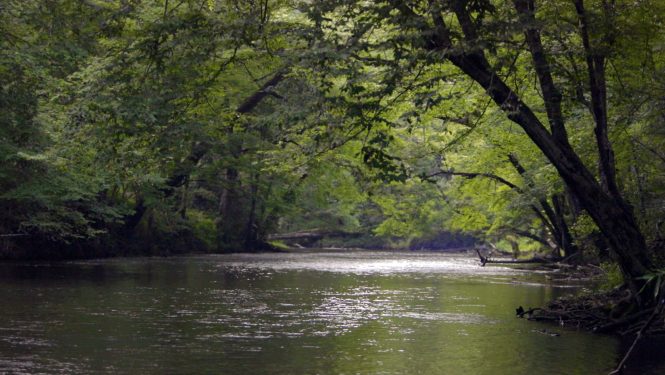
The Cahaba River is one of the Southeast’s most iconic river systems. Urban sprawl in the state’s largest metropolitan area has already placed a great strain on this important river system and now the proposed Cahaba Beach Road threatens to destroy the area along the Little Cahaba River that is the drinking water source for hundreds of thousands of people in the area. This film exposes the risk of building a road across an important forested stretch of river and how citizens and watershed groups are fighting to protect this precious resource. Directed by David Diaz.

Alabama currently has no plan for how we will ensure that future generations have enough clean, affordable water. Our rivers and streams are home to more types of fish and aquatic species than any other state in the country, yet our laws do not consider how much water they need to survive. This film describes the current effort underway to develop an Alabama Water Plan and how having an abundance of water does not mean you can take it for granted without consequences.
Directed by Amelia Tyson.
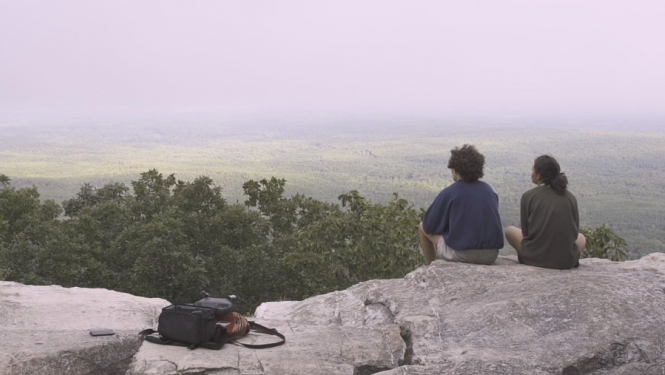
Alabama’s State Park System spans from the Appalachian Mountains to the Gulf Coast, offering a diverse mix of terrains, ecosystems and natural wonders that are beloved by visitors and residents statewide. But keeping these precious public lands funded has been a constant battle in the face of state agency deficits and budget cuts. This is the story of those working to preserve the state parks and how Alabamians can advocate for their protection. Directed by Mary D. Recio.

For over 100 years, Alabama’s rivers have been put to work with dams and navigation locks--sometimes with high ecological costs. As these structures age and with some no longer serving their original purpose, the idea of reconnecting rivers becomes a realistic possibility. In looking comprehensively at river management decisions and questioning the impacts of dams on Alabama’s waterways, its wildlife and its people, the vitality and biodiversity of connecting Birmingham to the Gulf is imagined. Directed by Matthew Grcic.

Alabama’s scenic beauty and stunning array of natural landscapes represent some of the most unique and ecologically diverse places found on earth. But the environmental wealth found within its borders faces the modern-day reality of development interests and industrial pressures, threatening the very resources that make Alabama so special. The Southern Exposure films explore the triumphs and struggles of those working to make a difference and to protect the quality of our air and water, the places we love, and the foundation of our livelihoods.
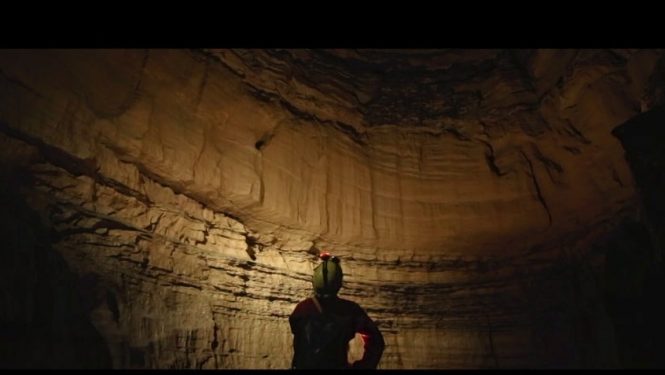
After millions of years in the making, Alabama has over 4,000 caves that are explored and beloved by spelunkers from all over. With a diverse array of underground plants, animals and other organisms, conserving these massive underground formations and their delicate ecosystems is crucial. Follow some of the most enthusiastic and daring cavers into the breathtaking hidden treasures of northeast Alabama, an area that boasts one of the highest concentrations of caves in the U.S. and supports incredible cave biodiversity. Directed by Drew Perlmutter.
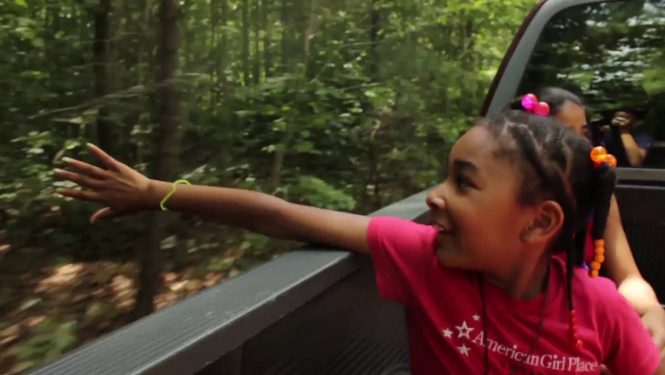
Explore Alabama’s environment through the eyes of its young, future environmentalists at Camp McDowell, a non-profit educational organization with a mission to connect young people to their environment and promote commitment to lifelong learning. Directed by Johanna Obenda.
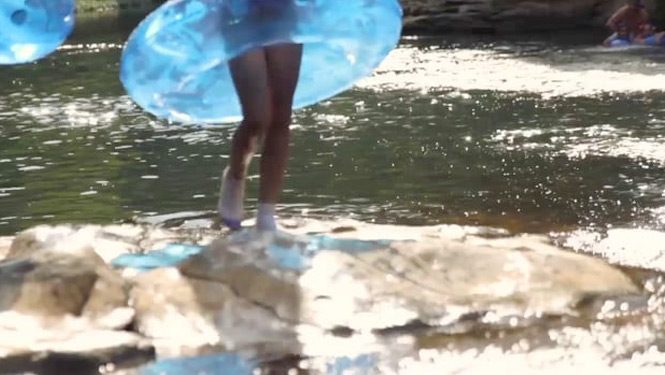
The Forever Wild Land Trust Program created state-owned Nature Preserves and Recreation areas after Alabama voters approved a constitutional amendment establishing the program in 1992, making it the most successful conservation ballot measure in the history of the United States. Here is the inspiring story of Alabama’s Forever Wild Land Trust, which has been renewed for another 20 years thanks to overwhelming public support. Directed by Sebastian Lasaosa Rogers .